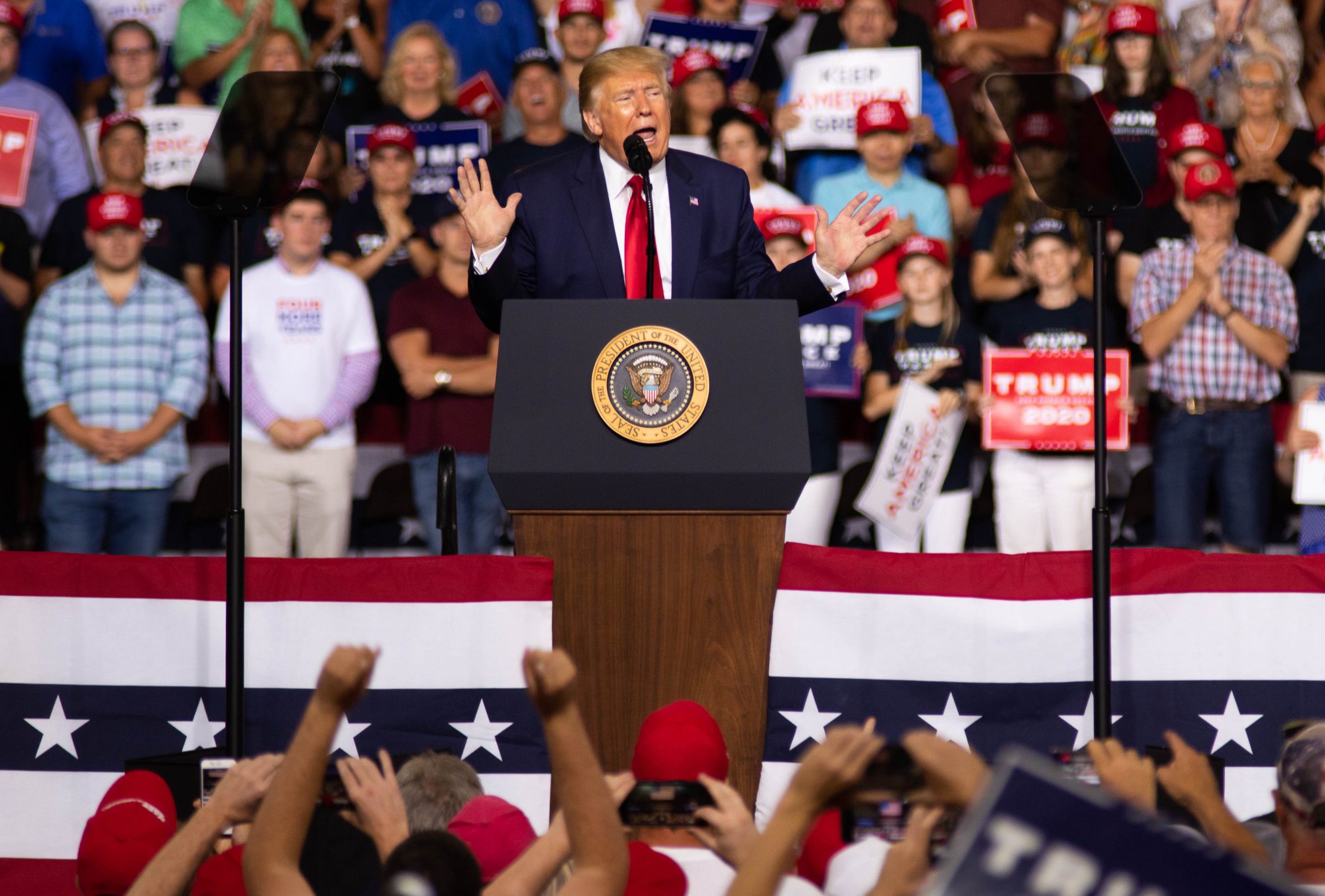Views expressed in opinion columns are the author’s own.
In 1962, Daniel Patrick Moynihan authored a directive called the “Guiding Principles for Federal Architecture” that described how the government should inspire the American people through the architecture of federal buildings. One of the primary policies that Moynihan proposed was the lack of an “official style” — he advocated for deference to the architectural profession to yield nonuniform, organic products.
Moynihan’s vision may soon be all for nothing. Recently, a draft of an executive order was leaked that would require new federal buildings to adhere to classical styles. “Making Federal Buildings Beautiful Again” — appropriately named in Trumpian fashion — harshly derides the new modern style, calling it “just plain ugly.”
Don’t be fooled. This executive order has nothing to do with the subjective beauty of different architectural standards, and everything to do with President Trump’s ego. This is a political statement in disguise, and an attempt by Trump to solidify his legacy.
Classical architecture inspires awe in most viewers. Its splendid grandeur and satisfying symmetry are, naturally, aesthetically pleasing. In the past, these grandiose buildings were used as propaganda to demonstrate the strength and superiority of the Roman empire. While this doesn’t mean that the classical style is necessarily associated with these ideals, it’s not difficult to see how the awe-inspiring effect can lend itself to them.
Throughout history, several prominent fascist leaders have favored classical architecture and utilized it for the aggrandizement of their state. Hitler and Mussolini both undertook large construction projects to signify a cultural rebirth and national revival. One of Hitler’s pipe dreams was constructing the Welthauptstadt Germania, a grandiose neoclassical city intended to portray Nazi Germany’s superiority. Mussolini commissioned the Terragni brothers to construct a monument intended to memorialize the Italian soldiers who died during World War I. His plan was to transform this sadness into reverence for the militant ideals of ancient Rome.
These comparisons are only troubling because the language in the executive order is essentially a watered-down version of these chauvinistic ideals. The executive order states, “Federal building designs should … inspire the public for their aesthetics, make Americans feel proud of our public building …Classical and traditional architectural styles have proven their ability to inspire such respect for our system of self-government.”
Yes, our federal buildings should instill a sense of patriotism. But why should we rely on classical or traditional architectural styles to accomplish this task? Classical architecture may carry some darker political undertones and, given its past association with totalitarian governments, doesn’t seem to be a good model for our “system of self-government.”
In addition, federal modernism has been around since the 1950s. If classical buildings were truly important to our national pride, why haven’t we experienced a serious crisis related to nationalism yet?
This executive order becomes even more suspicious when we consider Trump’s background. Trump is a real-estate mogul who owns several prominent properties across the nation. His principal property, the Trump Tower, looks like a sprite out of a retro video game. It’s safe to say that he’s probably not the biggest classical architecture enthusiast. Financially, this policy also doesn’t make any sense. Classical architecture can cost three times as much to construct.
The only logical explanation is that Trump is doing this to push his chauvinistic ideals and cement his legacy. Trump — a self-proclaimed nationalist — constantly talks about how “our country has taken second fiddle” and how other nations are exploiting us. This “us versus them” mindset has frequently been used by Trump to create division.
It appears that he’s attempting to abuse the perceived superiority of classical architecture to transform discontent with global affairs into American nationalism, a strategy with dangerous implications. It’s also too much of a coincidence that, during potentially the last year of his presidency, Trump plans on drafting an executive order that would allow him to leave a physical mark of his legacy.
Kevin Hu is a sophomore physiology and neurobiology major. He can be reached at kevxhu@gmail.com.



